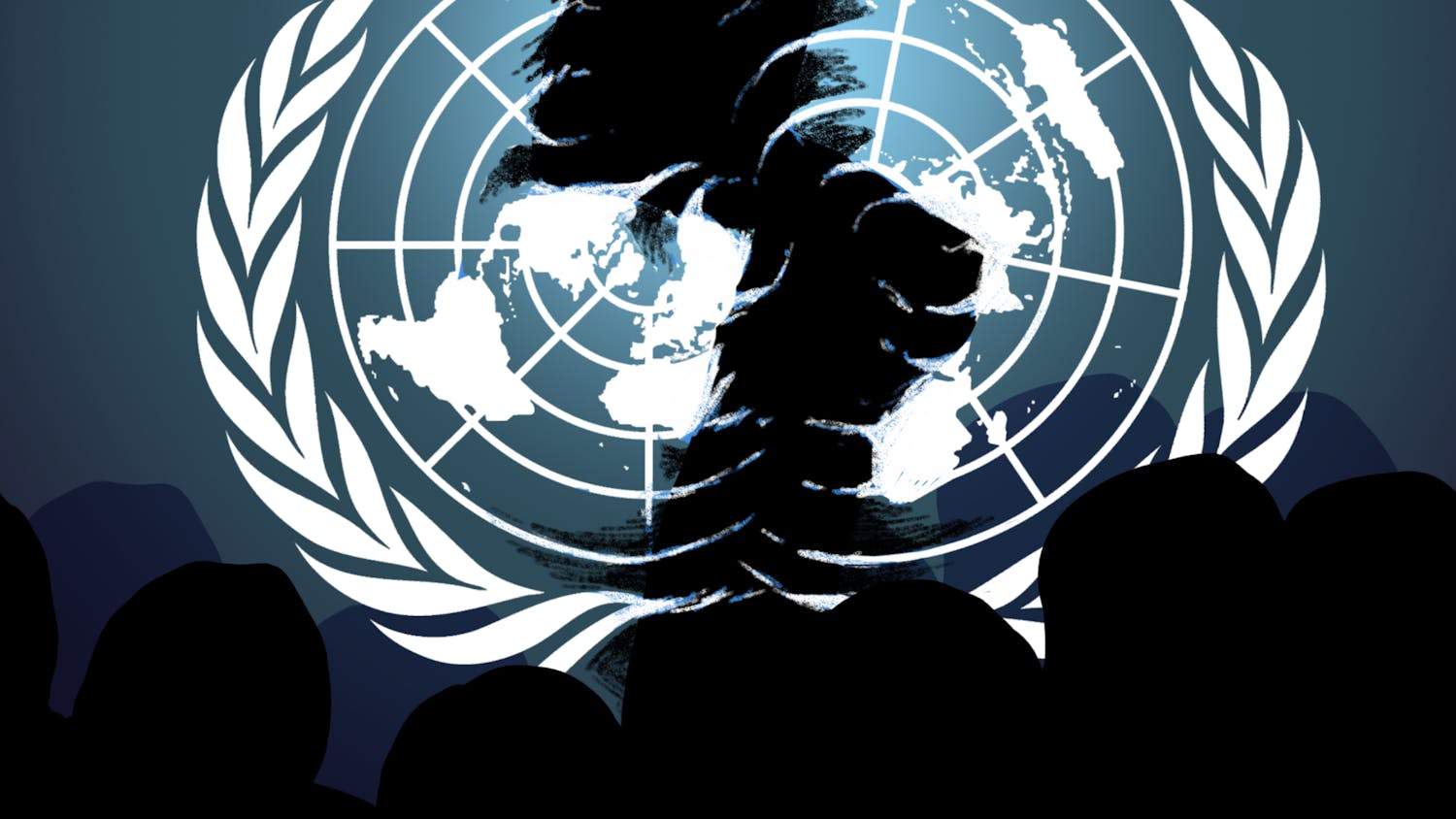No matter the number of hand sanitizer stations, hybrid classes or Badger Pledges, there is no “Smart Restart” for the University of Wisconsin-Madison.
On March 11, there were approximately 278 newly recorded COVID-19 cases in the United States and four in Wisconsin. UW-Madison sent students home and suspended face-to-face instruction tentatively until April 10. By March 17, following Governor Evers’ prohibition of gatherings of more than 50 people in Wisconsin, Chancellor Blank announced the complete shift to virtual instruction, moving as many students and employees off campus as possible.
Governor Evers’ order forced an extension of virtual instruction until the end of the semester, making it unclear if the University would have decided to reopen by its own accord on April 10. Despite this, in both of their announcements, the university cited “the seriousness of this outbreak” and even included a wish for students to “stay healthy.” Though these were only small inclusions within largely informational messages, perhaps the University really did have their students’ best wishes in mind when closing for the Spring semester.
But on June 17, when new daily cases reached 22,834 in the U.S. and 290 in Wisconsin, the university did a full 180 by announcing its “Smart Restart” plan to reopen in the fall.
This news seemed to negate the University’s reasoning behind its full-out closure during the spring; after all, the seriousness of the COVID-19 situation, if measured by number of cases, had multiplied by over 72 in Wisconsin and by over 147 in the country. Not to mention, the number of cases were still sitting on a relatively steep upward-trend on both scales.
If that were not enough, the decision seemed to exploit BIPOC communities by citing their recent “pain and struggle” without fully acknowledging equity issues posed by COVID-19. In another announcement, the university comments on their past actions to address financial effects, including their attempt to shield lower wage employees and their plan to reach out to lower-income students to assess their needs for the fall semester. However, they fail to acknowledge the longstanding health and social discrimination that has caused people from racial and ethnic minorities to be at an increased risk of contracting and dying of the virus.
Further, by citing “the people feeling isolated and anxious amid a global pandemic,” they seem to frame the university’s reopening as “brighter news” that might somehow console or fix the hurt by bringing the community together and bringing students back to “something close to normal.”
What the university seemed to miss is that “something close to normal” is what has caused much hurt. This attempt to return to “normal” ignores BIPOC communities’ efforts to voice their negative experiences on campus and demands for change. It touches on their students’ mental health while neglecting to fix the many downfalls of its own mental health services.
“Something close to normal” is the opposite of what UW-Madison students need.
As of Sept. 7, the U.S. had 26,146 new daily cases and Wisconsin had 890, and the University continued to move forward with their “Smart Restart” plan.
In one of their latest announcements, it is stated that “this decision is not a financial one,” despite the many signs that suggest otherwise. Why invite thousands of students back to campus when there is a record high in COVID-19 cases? Why acknowledge that the pandemic is “deeply and disproportionately impact[ing] our communities of color” without adequately acknowledging their experiences with steps towards concrete change? Why force students to take a “Badger Pledge” that asks them to monitor their mental well-being without properly expanding mental health services?
To leave these questions unanswered and to justify reopening with the mere “chance to allow for some in-person learning, as well as at least some of the interactions between students (as well as faculty and staff)” is wrong. Yes, being on campus and instructing students in-person may provide better “educational opportunities for students lacking suitable technology or spaces to effectively study at home,” but isn’t there a way for the University to allocate its many resources in a way to fill these gaps without putting their students’ lives in jeopardy?
UW-Madison is not alone in deciding to reopen for the 2020 fall semester. Many colleges across the nation are already weeks into their semesters, but it is further troubling that UW has not altered their plans in response to the serious repercussions faced by other campuses.
At the University of Alabama, for example, COVID-19 infections have exploded, and many of their students worry that their university’s attempts to slow the spread are moot. On the other hand, the University of North Carolina at Chapel Hill has already closed after reaching a positivity rate close to 14 percent within less than a week of their reopening.
These other universities similarly stressed “the safety, health and well-being of the campus community” being at the forefront of their decisions, but the aftermath speaks for itself, and UW-Madison is not immune to similar consequences. That is unless UW-Madison’s “Smart Restart” is somehow better than that of other universities.
On Sept. 7, Chancellor Blank announced a two-week emphasis on health and safety protocols in response to a growing number of COVID-19 cases on and off campus, confirming that their attempt at a “Smart Restart” would only result in very similar aftermath as other universities. While the preventive measures taken by individuals are undoubtedly important, Blank’s statement placed full blame on students without taking any accountability on behalf of the University.
It was the University who reopened campus to 30,000+ students, and it was the University who decided whatever benefits of reopening outweighed the risks. Blaming, sanctioning and capitalizing off of students without acknowledging their own bad decision is wrong and an announcement claiming their responsibility is long overdue.
The criticisms of this article are not meant to say that the world should go on a complete halt until there is a vaccine for COVID-19. Instead, it is meant to call out an opportunity for our world — and more specifically, for our university — to create a new “normal” that for once puts students — and not their bank accounts — first.
It is easy to throw around words that acknowledge students’ problems and concerns at the surface level, but it is another thing entirely to pair action with those words. Let's get one thing clear: this is not a “smart” restart.
Haley is a Senior studying Journalism, with a certificate in French. What do you think about the efforts made by the university towards a Smart Restart? Do you think there’s no such thing as a "Smart Restart" at this time? Send all comments to opinion@dailycardinal.com.






